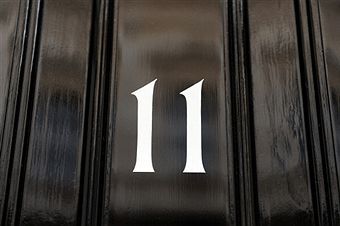 How will history judge George Osborne’s second Budget? Once the headline writers
have moved on to the next story and the longer-term consequences of the measures become apparent, will this budget be seen as doing the right thing? Unfortunately the answer is, at best, “not
really.”
How will history judge George Osborne’s second Budget? Once the headline writers
have moved on to the next story and the longer-term consequences of the measures become apparent, will this budget be seen as doing the right thing? Unfortunately the answer is, at best, “not
really.”
By sticking to the target of eliminating the structural deficit in this parliament, George Osborne got the big call right. As Andrew Haldenby has written, “It’s always easier to set a
target at first but as people get tired of austerity there is a real temptation to stop before the job is done. Writing for Reform last year, Paul Martin, the Prime Minister during the Canadian
consolidation of the 1990s, said: ‘we made it clear that we would achieve those targets [for cutting the deficit] come hell or high water – and we did.’”
Yet other features of the Budget have undermined fiscal discipline. It appears that the coalition, like the government that preceded it, continues to measure the quality of a Budget by the size of
its poorly targeted giveaways.
This time, the biggest giveaway is the increase in the personal tax allowance. While there is a strong case for lowering income tax burdens over time, the approach taken is not the right one.
Reform’s latest tax calculator shows that most of the benefit from the
increase will go to people on middle and higher incomes. This will do little to increase the tax base because it will not improve incentives to work more (the changes to the
“inframarginal,” to borrow a term used by Arthur Laffer). This will also encourage even
more families to engage in tax avoidance and thus make a mockery of the coalition’s claims to be reducing the tax gap.
But probably the biggest problem of George Osborne’s Budget is that it fails to recognise that living standards over recent years have been artificially inflated. It failed to recognise that
much of the real work is yet to begin. This is not an easy thing to say but a consequence of the debt fuelled consumption boom of recent years is that living standards should fall. The reality is
that many families were not as rich as they felt – with their lifestyles being funded by unsustainable
household borrowing and poorly targeted government spending, which was also borrowed. This approach cannot go on indefinitely, especially given our ageing population. At some point people need to
pay their way. The Budget needed to signal that the “borrow now, pay later” culture must end with belt tightening and on this count it failed.
Patrick Nolan is chief economist at Reform.






Comments